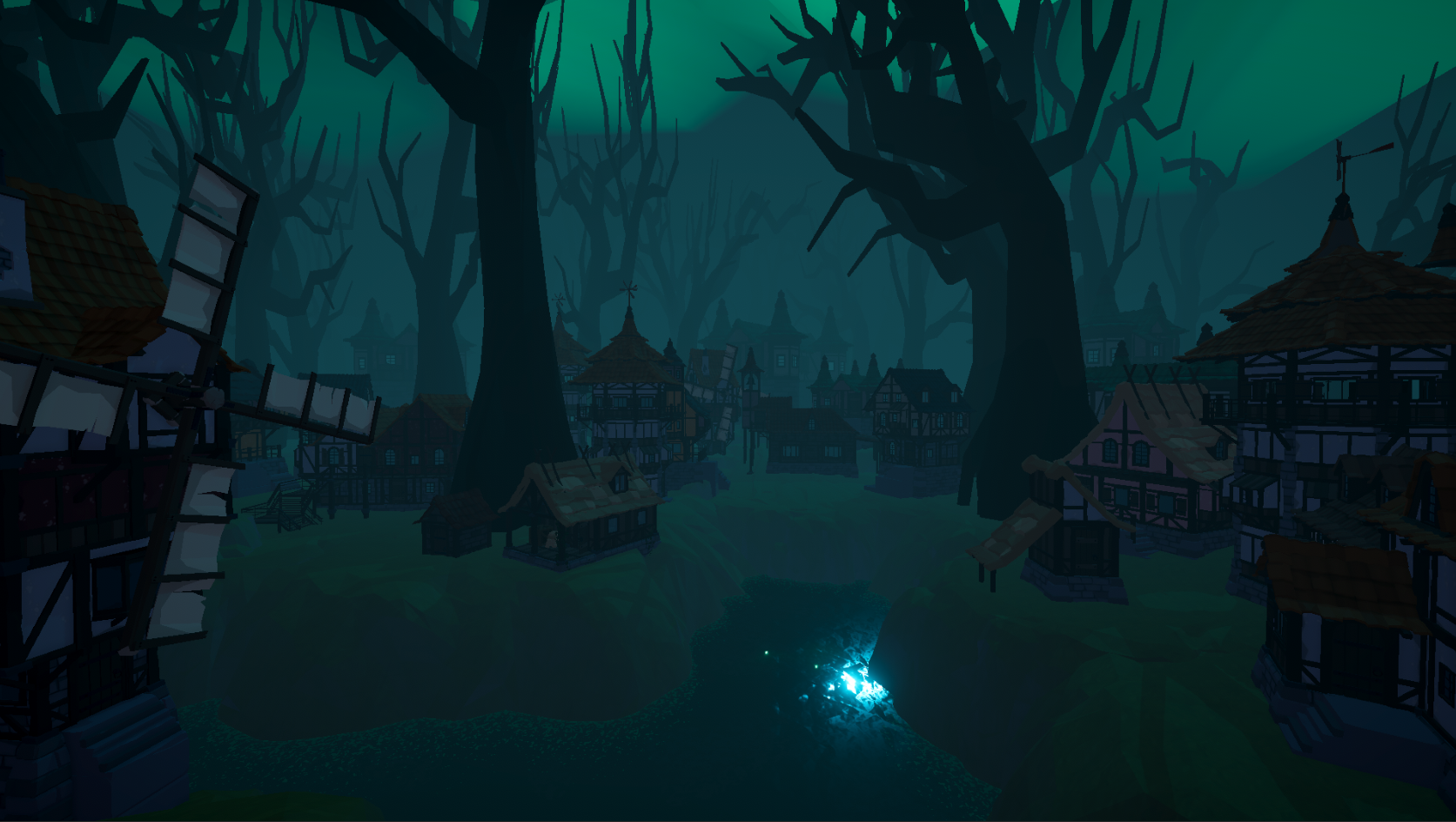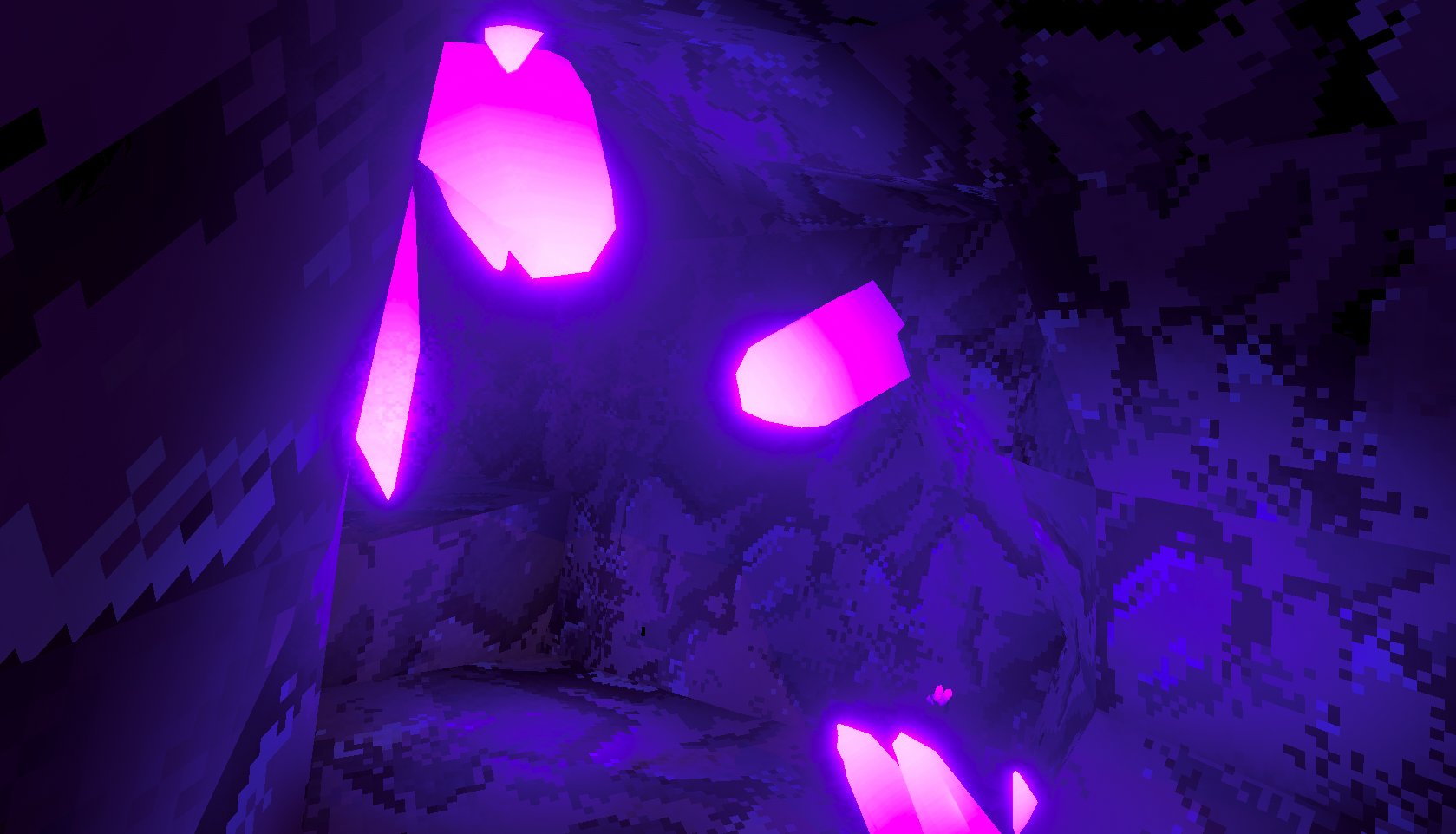
Level Design
Overview
As the Level Design Lead for Guncaster, I established clear standards and workflows for building performant, readable, and mechanically engaging environments. My approach emphasized player movement, visual clarity, and efficient level construction. I pushed for full use of ProBuilder, not just for rapid prototyping, but as the final tool for collision and mesh creation, to minimize draw calls and ensure fast-paced gameplay felt responsive and clean. My leadership helped define an optimized design pipeline that prioritized both performance and playability across scenes.
Leadership
To ensure every level supported our game’s fast and expressive movement, I implemented a set of design guidelines across the team:
Mesh Efficiency & Collision: All scenes used ProBuilder exclusively for environment geometry and collision, dramatically lowering mesh complexity while allowing designers to hand-tune layouts. This reduced over-reliance on imported assets and ensured our custom-built collision never interfered with player motion.
Performance Constraints: I set caps on particle counts and limited material complexity where possible to keep performance consistent across scenes. Visual readability was prioritized, this way levels were deliberately uncluttered to keep player focus on movement and threats, not background noise.
Combat Scenario Variety: Each encounter space was designed to explore a different type of pressure on the player. Some rooms offered vertical freedom for wall-kicks and mid-air combat, others were narrow or maze-like to force reactive decision-making under pressure. Even wide-open spaces were built with parkour flow in mind utilizing platform gaps or jumpable ledges that rewarded movement mastery.
Functional Flow: Between key fights, I spaced out encounters with short traversal corridors or moments of calm to keep pacing engaging. These transitions weren’t just filler, they gave breathing room and reinforced the game’s rhythm while still respecting performance budgets.
Levels
The Dungeon
Designed to be tight, oppressive, and relentless, the Dungeon forced players into close-quarters combat where escape was rarely a viable option. Rooms were intentionally narrow with limited verticality to amplify tension, creating a heavy reliance on fast reflexes and movement mastery under pressure. Every encounter encouraged constant motion, as enemies could close in quickly and overwhelm players who tried to hold still.
The Scholars Tower
While still compartmentalized like the Dungeon, the Scholar’s Tower introduced a clearer rhythm between combat and traversal. Arena-style rooms provided more breathing space and vertical freedom, allowing players to experiment with dashing, wall kicks, and other movement abilities. Parkour segments were deliberately embedded between combat zones, serving both as downtime and as skill checks to reinforce the game’s mobility systems.
The Sky Islands
A stark contrast to the previous zones, the Sky Islands offered a liberated traversal experience, removing overhead constraints and encouraging creative, momentum-based movement. Players could approach encounters from any direction, and the level design demanded spatial awareness through floating platforms and minimal grounding. The open design rewarded confidence in both navigation and combat flow, giving players a true sense of freedom.
The Sewers
This tile set was not originally my idea however I heavily authored it. I worked refining the layout and rebuilding collision to support smoother gameplay and cleaner navigation. The geometry was optimized for performance while laying groundwork for future decoration passes. While time limitations prevented full visual rework. The level worked to bolster are gameplay variety more.
The Mountains
This tileset was monitored by me and in some cases I offered guidance and support in structure and flow decisions. However, I did not make this one by hand and was instead guiding our Artist Lead, Kay Blake through the process.
Didn’t Make it
Enchanted Forest
My first foray into open-world modular design, the Enchanted Forest aimed to feel expansive yet constrained through natural elements like tree walls and organic blockades. Despite technical hurdles with module snapping, I managed to get generation to work. The idea was to have a more vertical movement style while still keeping encounters hectic and the structure maze like.
Somber Planes
A transitional area meant to ease players into broader movement mechanics without overwhelming them. Designed with agency in mind, the Somber Planes allowed players to choose their own approach to combat. Players could engage enemies directly or explore and bypass. It served as a strategic buffer zone before more demanding areas like the Sky Islands.
Crystal Caverns
A hybrid zone that blended the claustrophobia of the Dungeon with the natural complexity of outdoor environments. Larger rooms and environmental hazards aimed to create more reactive encounters. unfortunately, development was halted due to time and the difficulty to design natural assets. Still, the concept laid the groundwork for a more varied biomes later.
Additional Features
To enhance gameplay I also introduced some minor changes to enviroments:
Hand placed set pieces that produce sound or particle effects.
reverb zones for areas to feel more dynamic.
area specific particle effects.
particle draw so that the player knows the rough direction of the exit.
Hand placed off mesh links for AI pathfinding verticality.























